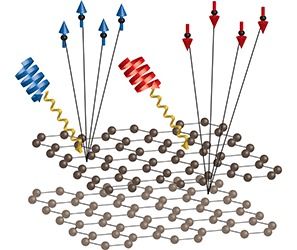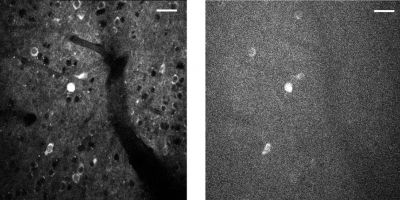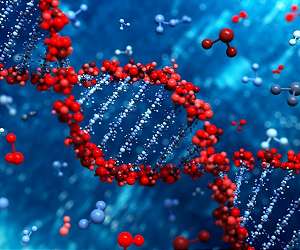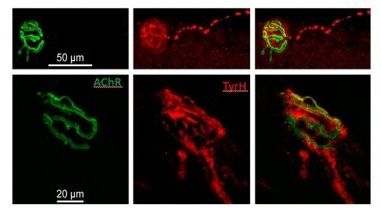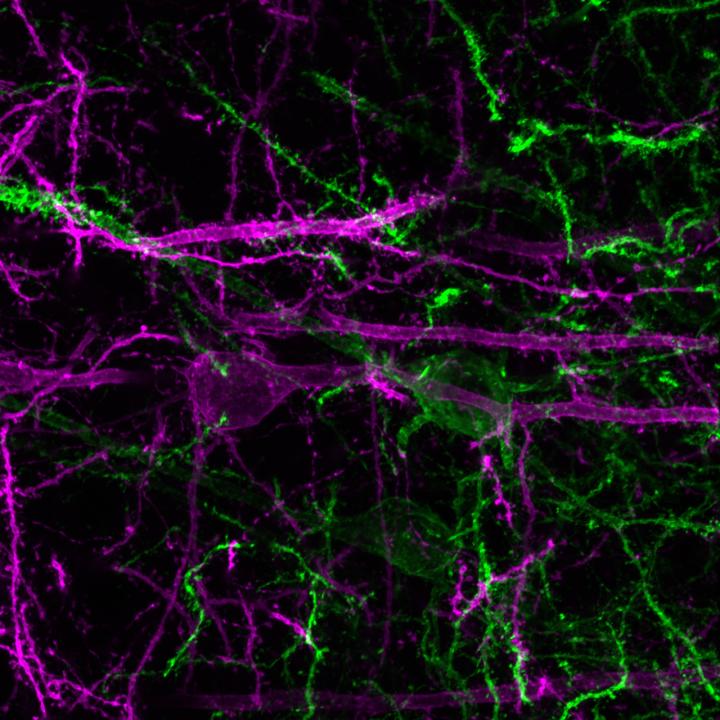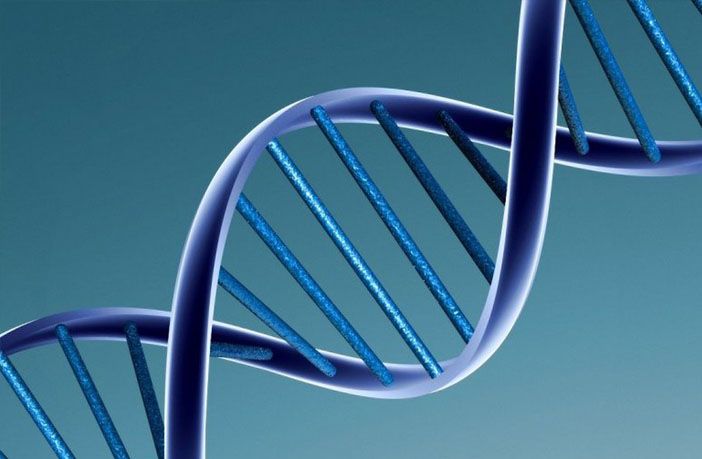Feb 23, 2017
Synopsis: Revealing a Hidden Spin Polarization
Posted by Karen Hurst in category: materials
Photoemission spectroscopy has detected two different populations of spin-polarized electrons that are “hidden” within a layered, graphene-like material.
The layers inside certain materials can carry spin-polarized electrons, but this polarization is hidden to measurements that aren’t sufficiently localized. A new study using photoemission spectroscopy has detected the hidden spin polarization in a graphene-like material called molybdenum disulfide (MoS22). Unique to this work is the ability to target specific populations of spin-polarized electrons with circularly polarized light.
